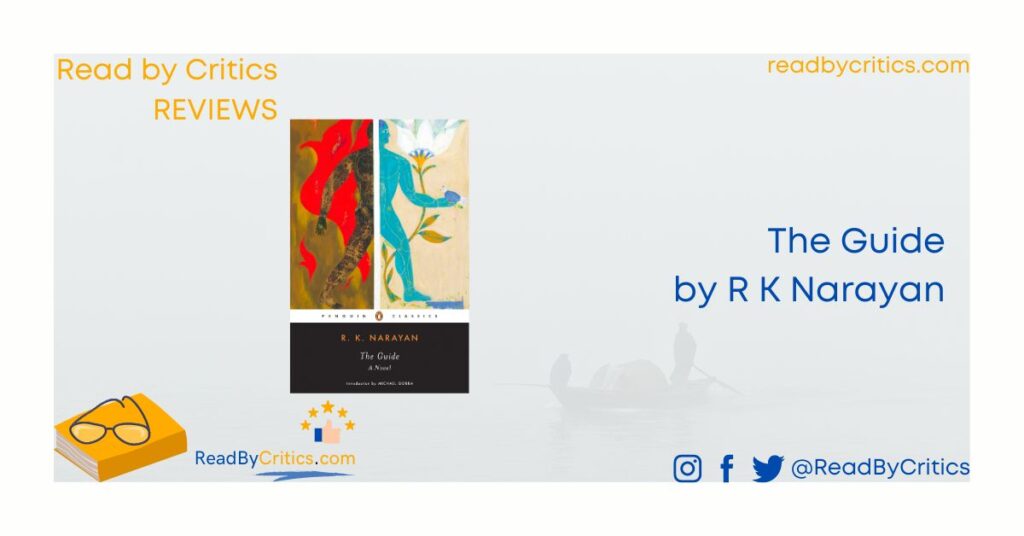I. A. Richards was not an ordinary person. He established the most successful school of literary criticism that emphasised reading the text closely. Out of the many books he wrote, one caught my attention, How to Read a Page? First published in 1942, the book has 12 chapters and about 250 pages. There are many bold declarations in the book. In the introduction to the book (or the preface), the author announces:
“Written words are very dangerous things.”
(Richards, 1967: 10)
The author adds an extract from Swinburne to justify his stand. The introduction section contains many other bold declarations. Richards declares that pages with philosophical ideas have a ‘perpetual’ value. He ascribes high standards to poetry.
Entering into the world of ideas offered by Richards, through the chapters in this book, a reader finds too many confusions to deal with. The author poses himself as someone who knows everything about poets and writers from the past. This stand by Richards might raise perplexing questions in the minds of readers. Yes, the modern world has brought us an opportunity to know more about our past. However, is it enough to know too much to conjecture about the purposes behind the literary works of the writers from the past? Richards stands adamant about finding out the ‘one right read’. This enthusiasm or zealous endeavour takes the readers into further confusing caves of Richards’ strange world of literary practices.
Chapter nine – having a strange title – Make, Get, Give, Love, Have – indulges in linguistic browbeating. Ironically, in the same book, the author presses that linguistic knowledge cannot be excessively helpful in interpreting a literary text. However, in the ninth chapter (mentioned above), the author enters into deep linguistic analysis and even turns into a deconstructionist looking for the subconscious implications of words featured in a text.
What is good about this book by I. A. Richards? Is the book useful for the students of literary theory today? Yes, the book has many helpful elements. Richards has offered his thoughts on the unity of text and the methods to look for it. This part of the book will help many readers who want to learn to look for a uniform interpretation of the literary text. In the final chapter of this book, Reason, Purpose, Work, the author explained the importance of understanding things as a whole and the functioning of things in different parts. This chapter alludes to the works of Aristotle. In doing so, moreover, Richards effectively draws the conclusions that would help modern readers understand the alluded text and its implications.
To conclude the article, How to Read a Page by I. A. Richards is a difficult book to read. It is ironic! A book that intends to simplify the process of meaningful reading is itself a complicated piece of literature. Nevertheless, intellectual readers who want to spend a few days lifting the dumbbells stuffed with quality jargon can surely go ahead and get a copy of this book. It will give them many things to ponder.
Review by Alok for ReadbyCritics book blog




